The sunflowers of Maria Prymachenko: for the first time in Italy the works of the Ukrainian artist
One year after Russia’s invasion of Ukraine, the Mart in Rovereto presents the first Italian exhibition dedicated to Maria Prymachenko (Marija Oksentiïvna PrymaÄenko; Bolotnya, 1909 - 1997), the iconic Ukrainian cultural artist and 2009 Unesco artist, at the Palazzo delle Albere in Trento. The exhibition, scheduled from February 28 to June 4, 2023, is titled The Sunflowers of Maria Prymachenko . Works from the Taras Shevchenko National Museum in Kiev and features 54 works from the Taras Shevchenko National Museum in Kiev.
Although she never left her native Ukraine and lived for nearly ninety years in her native Bolotnja, Maria Prymachenko’s works have become world famous. Beginning in the 1930s, her works were first shown in Kiev, then in Moscow, Leningrad (now St. Petersburg), Warsaw, Prague, Sofia, Paris, and even Montreal. In 1937 the artist received a gold medal at theUniversal Exhibition in Paris. In 1966 she was awarded the highest national honor, the Taras Hryhorovych Shevchenko Prize; a few years later some of her works were chosen for an exclusive stamp series. After her death, astrologer Kiym Curjumov names a planet after her (1998). In 2009UNESCO chose her as artist of the year and the city of Kiev dedicated an avenue (formerly Lichacev Avenue) to her.
An exponent of naïve painting, heir to a centuries-old folkloric tradition rooted in Paleolithic art, Maria Prymachenko is distinguished by her recognizable, lively, immediate style, and has been beloved by several generations who, since the first half of the twentieth century, have helped build her myth. In her long life Maria Prymachenko is tireless: she embroiders, draws, paints, makes graphics, decorates ceramics; it is estimated that throughout her career she created about 5,000 works. Her art mixes folk culture and modern art, resignifies the iconography of Ukrainian tradition, recounts personal experiences and dreams.
With fantastic animals, lush flora, ancestral symbols Prymachenko
redefines popular imagery and makes it universal. Amidst rich details and bright colors, there is no room for empty surfaces, the ornamental movement is constant, unchanging, calm and endless. The paintings have rhythm, in the absence of edges they are magnetic, almost hypnotic. Familiar subjects (animals, flowers, natural elements) seem to wink but, at the same time, create dissonance. These are mysterious realms, magical places populated by unreal forms. Prymachenko’s work seems to come from prehistory, draws on pagan myths, Christian Orthodox and folk stories of Eurasia, amalgamates Slavic mythology and Russian legends, and is inspired by the great wall paintings of Ukrainian tradition and decorative art.
In her work, the painter synthesizes the cultural and artistic history of a great country now destroyed by war. A history, explains Julya Shilenko, curator of the Taras Shevchenko National Museum in Kiev, that lives on in the animals depicted in traditional honey cakes, in the worlds sung in mothers’ lullabies, in the decorations of textiles and carpets, in embroideries and furnishings: "Prymachenko’s works testify to the legacy of a great and varied school of folk art, the centuries-old culture of the Ukrainian people. It is like a bundle of thoughts and feelings drawn from fairy tales, legends and life itself.“ A set of elements that mix ”reality, intuition, fantasy and the subconscious. When the ’witch’s house’ opens, her fabulous, imaginative, sometimes even bizarre imagery goes out into the world."
Ukrainian Sunflowers is a project desired and coordinated by Vittorio Sgarbi, undersecretary at the Ministry of Culture and president of the Mart in Rovereto, organizer and promoter of the initiative. The double exhibition (from Feb. 26, in fact, a small nucleus of Prymachenko’s works will be set up in Viterbo, at the Museo dei Portici) is an important signal of solidarity and cultural closeness to Ukraine, exactly one year after the Russian invasion, which began on Feb. 24, 2022.
The exhibition is open Tuesday through Sunday from 10 a.m. to 6 p.m., Fridays until 9 p.m. Closed Mondays. Admission with Mart ticket: full 11 euros, reduced 7 euros, free for under 14. For more information you can visit the Mart website.
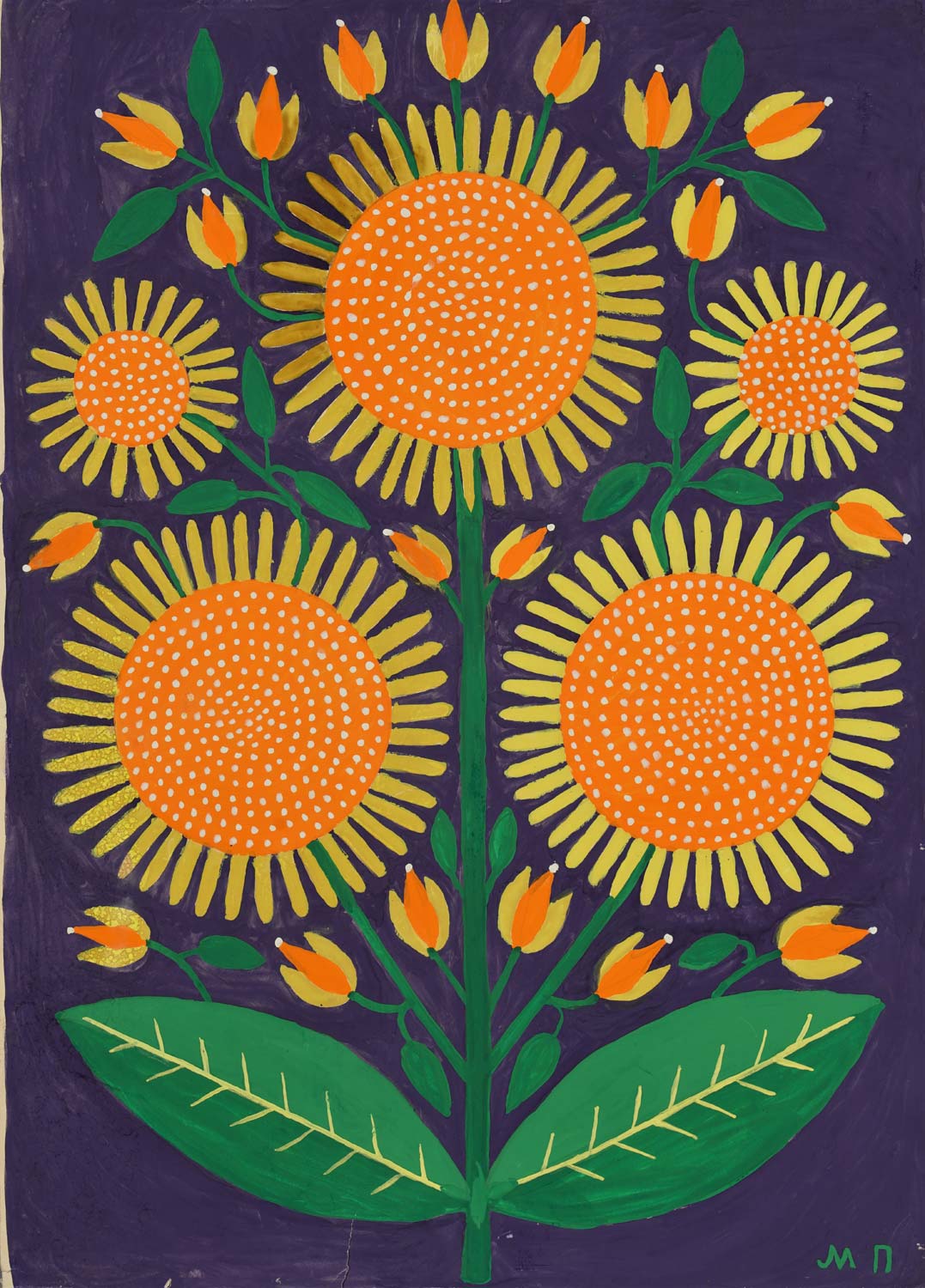
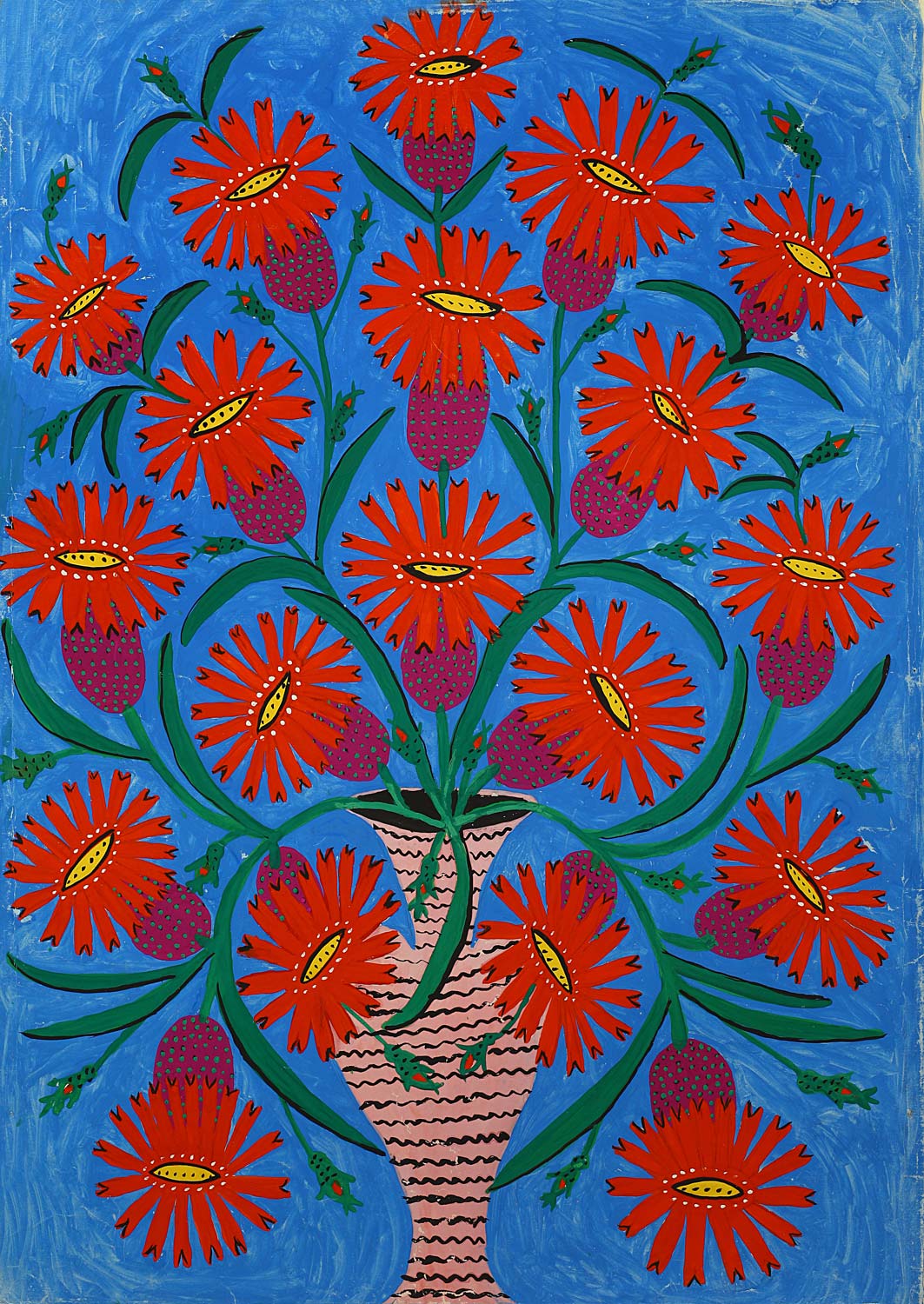
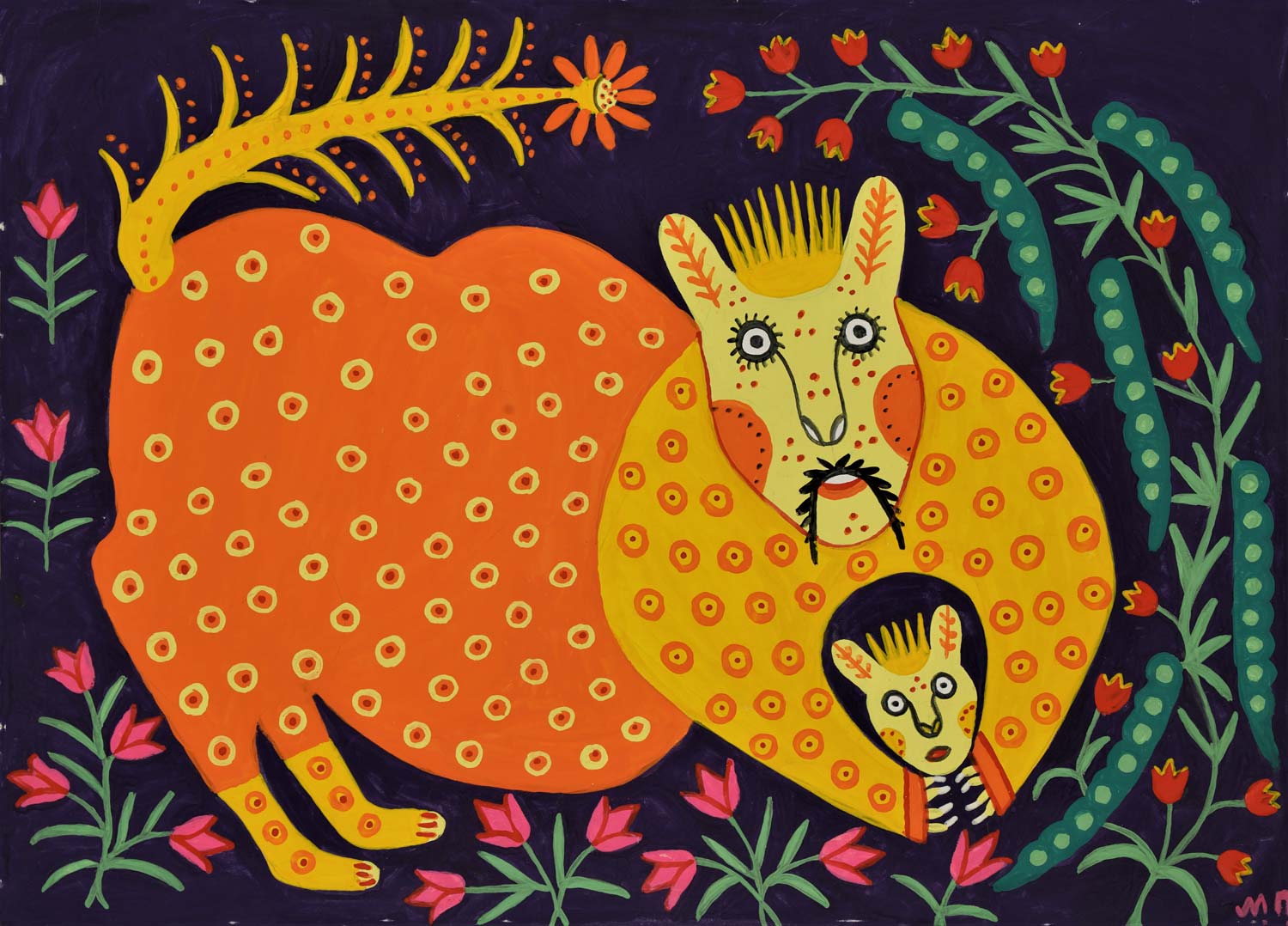
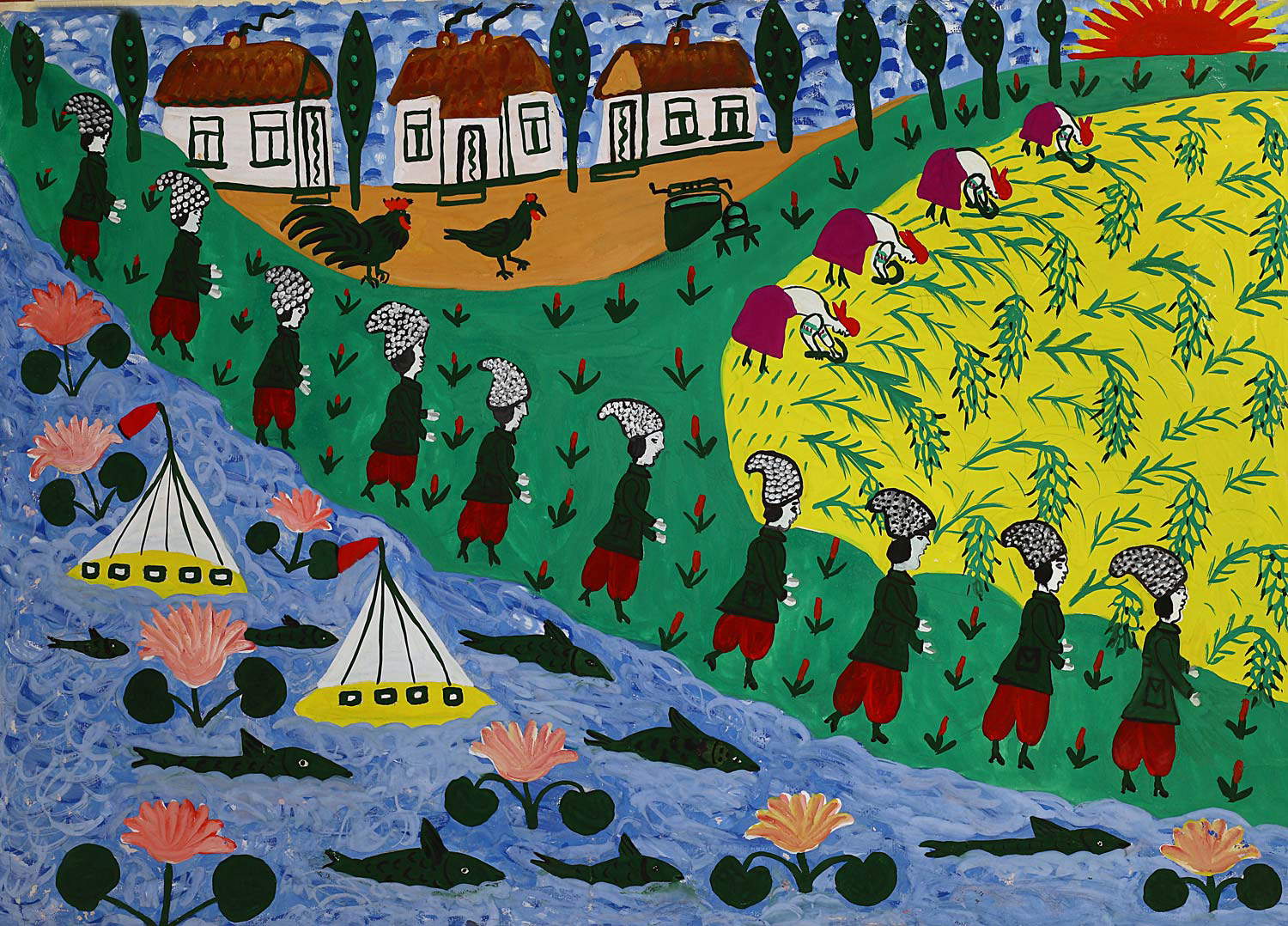
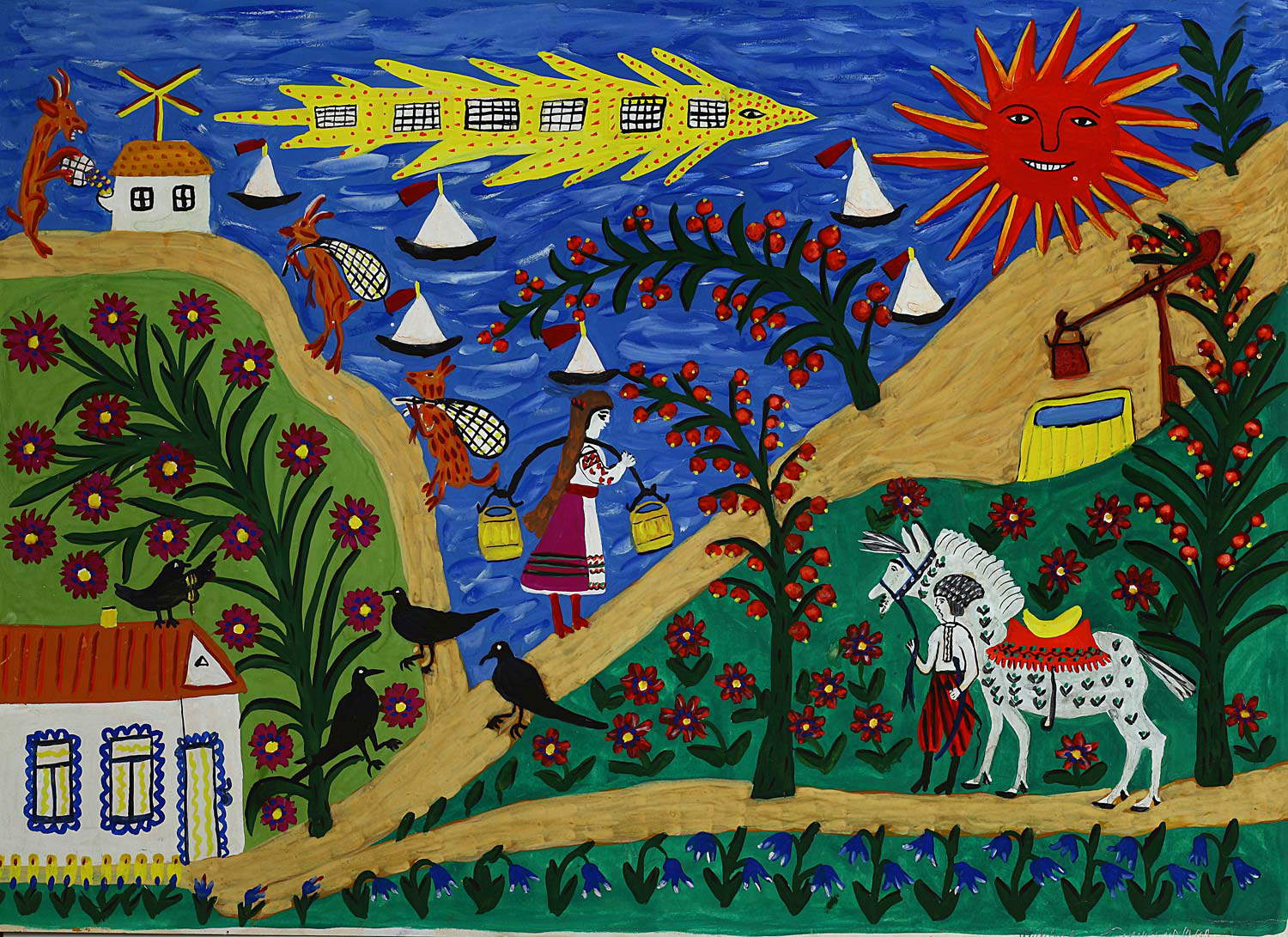
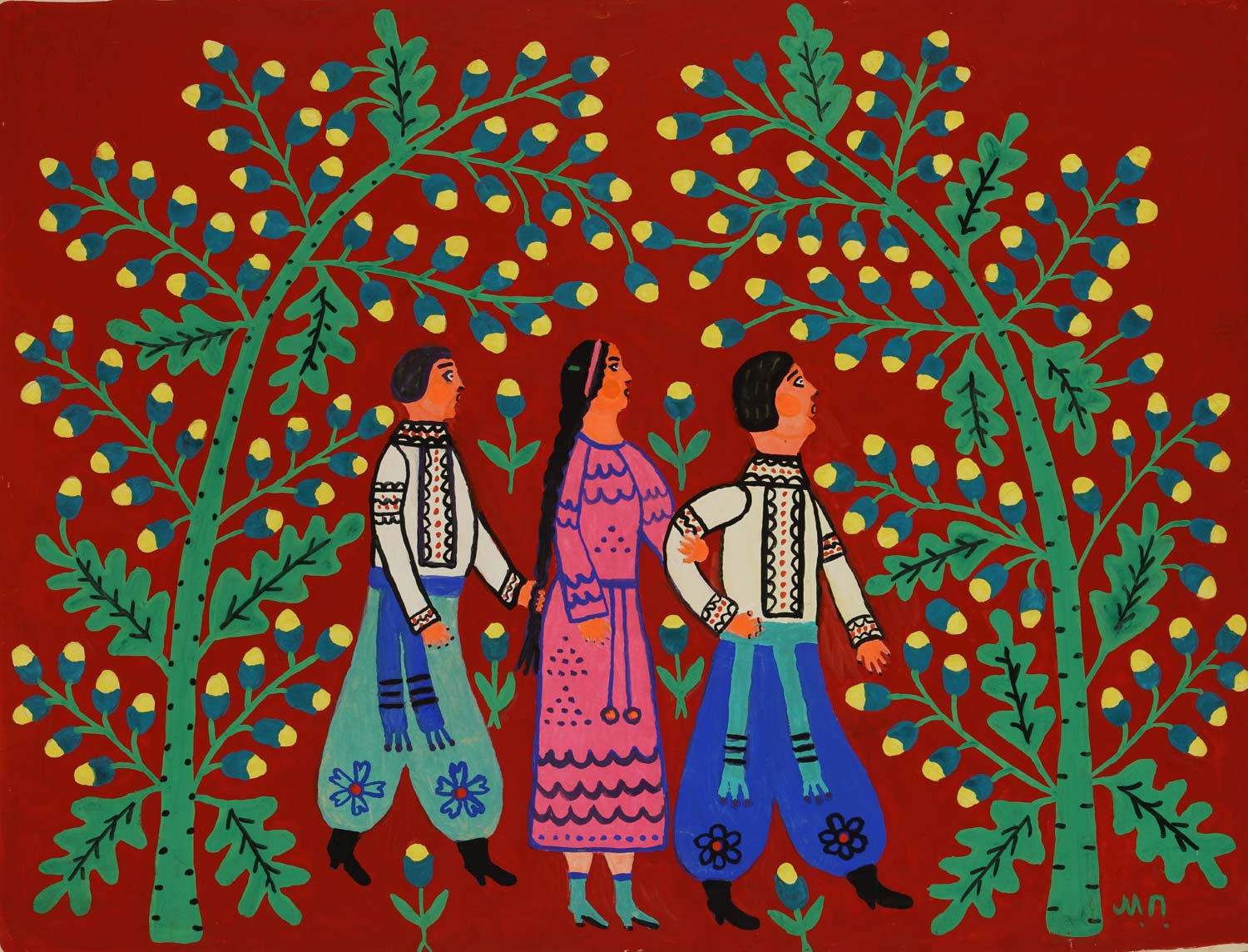
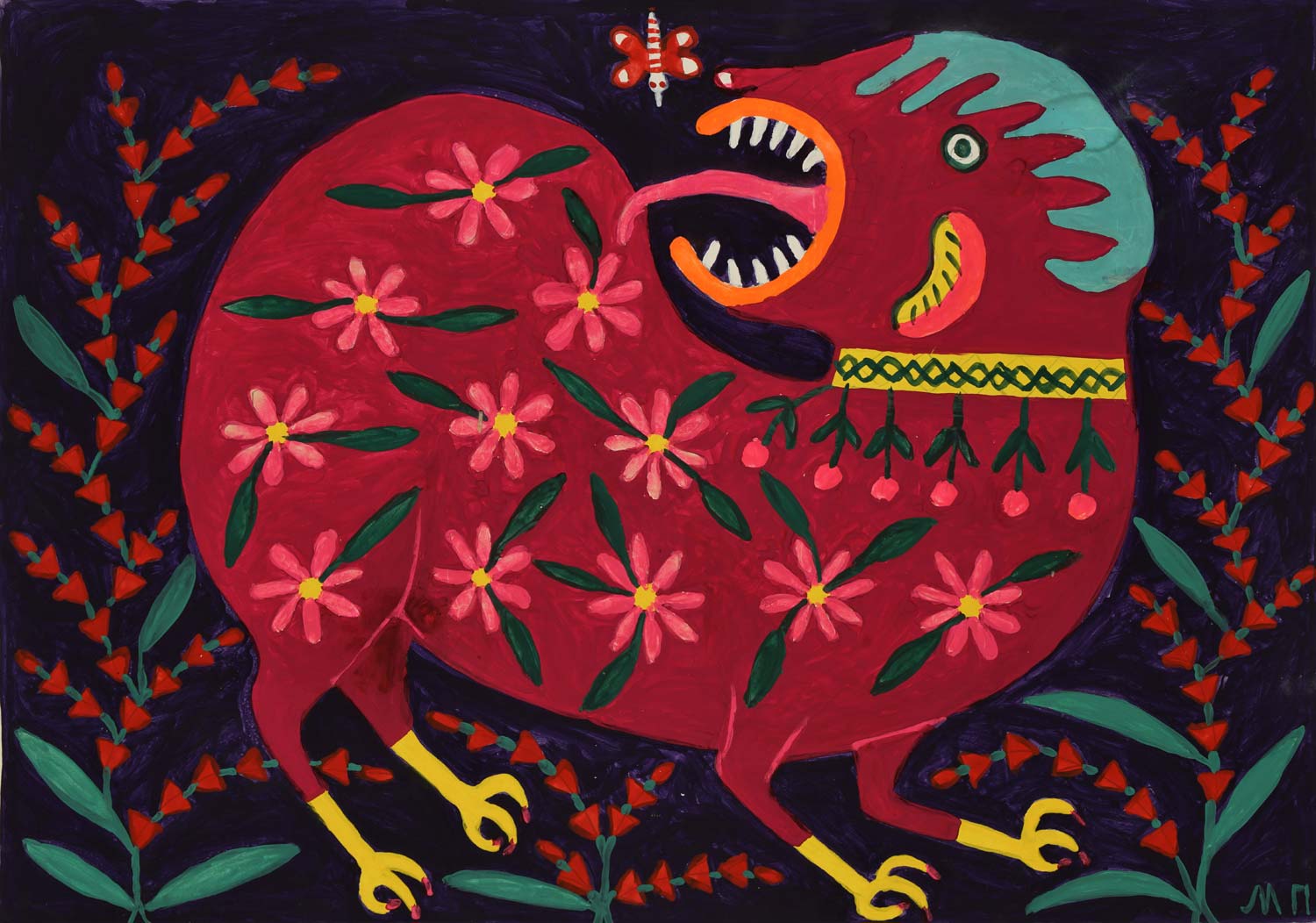
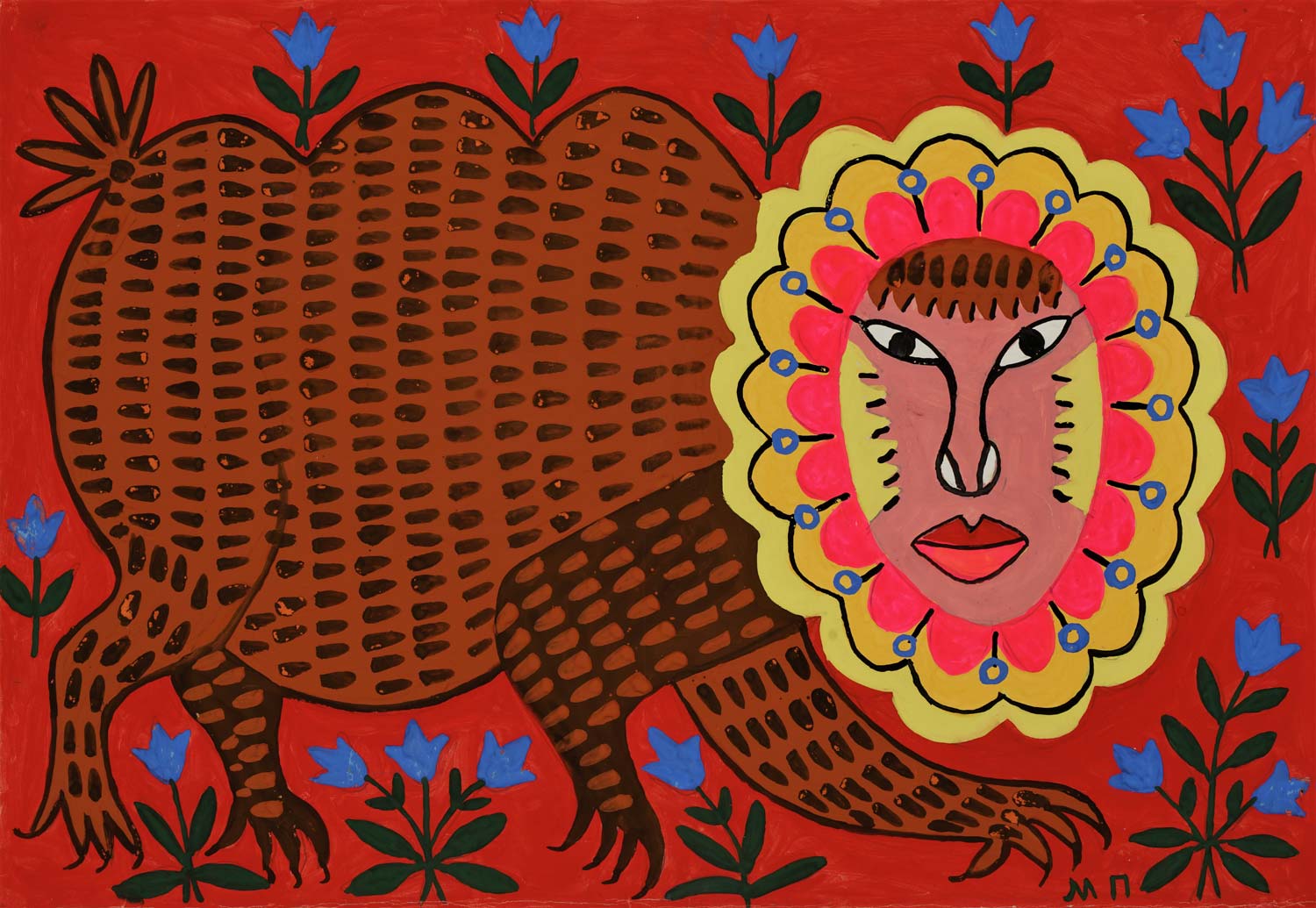
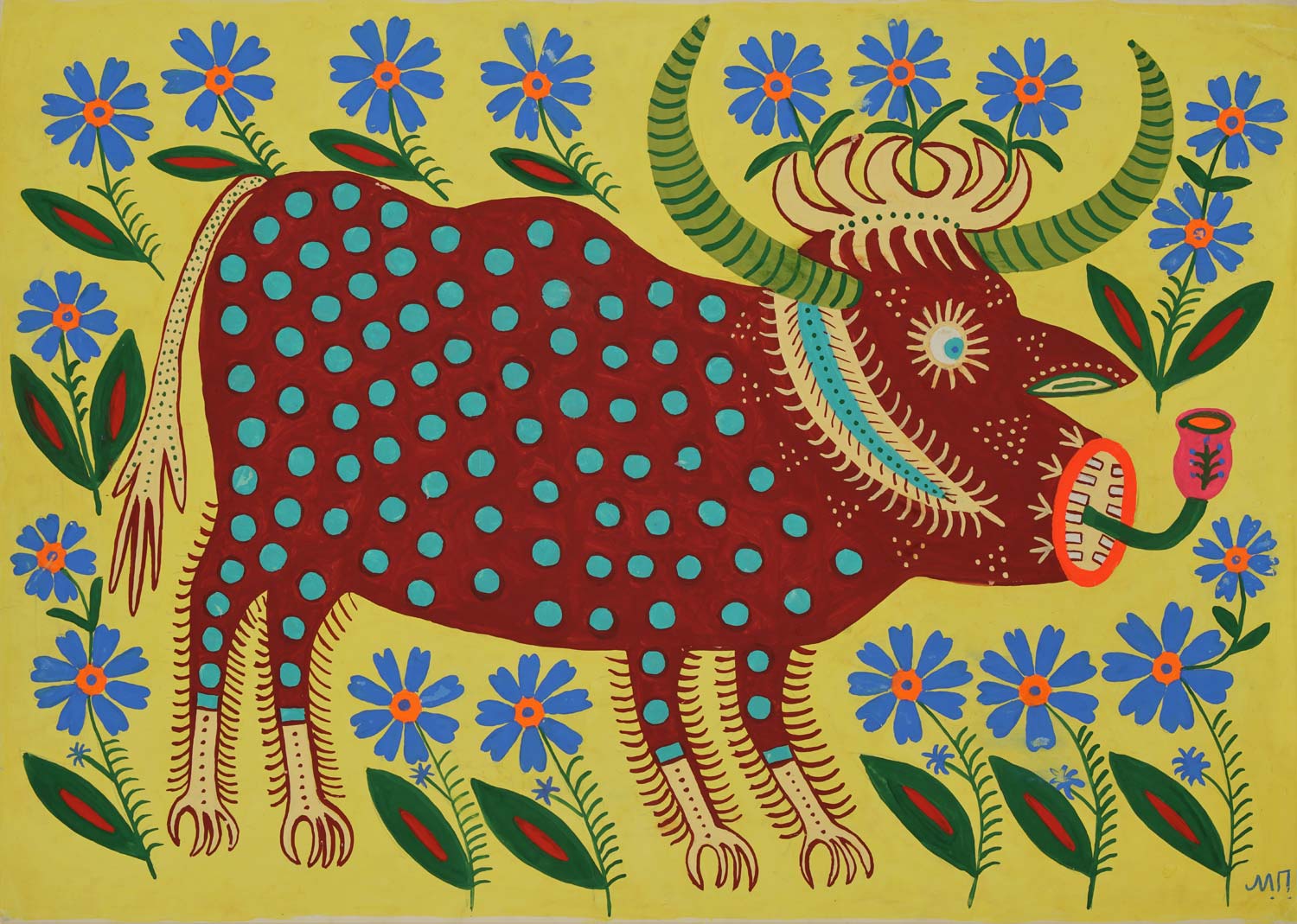
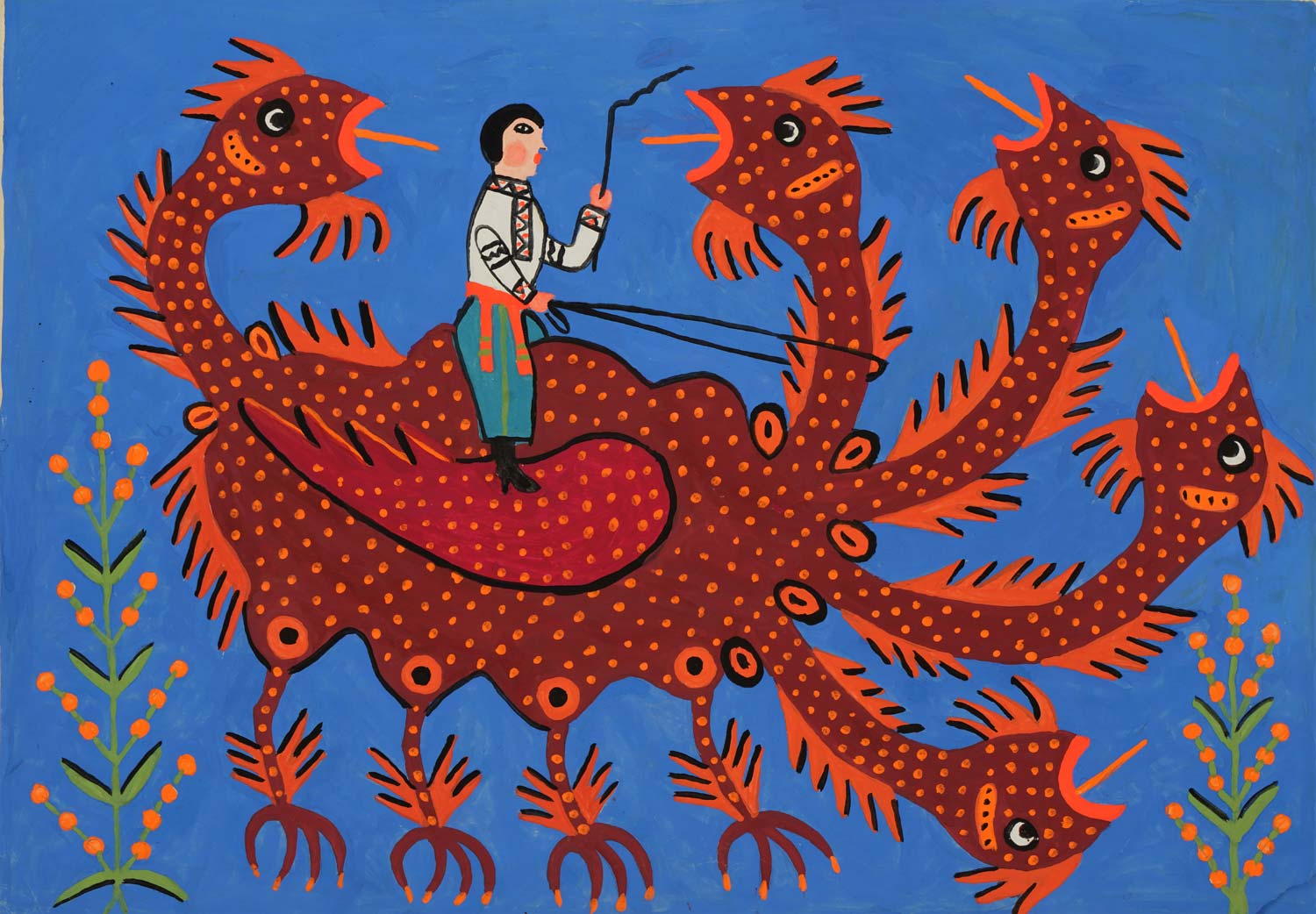
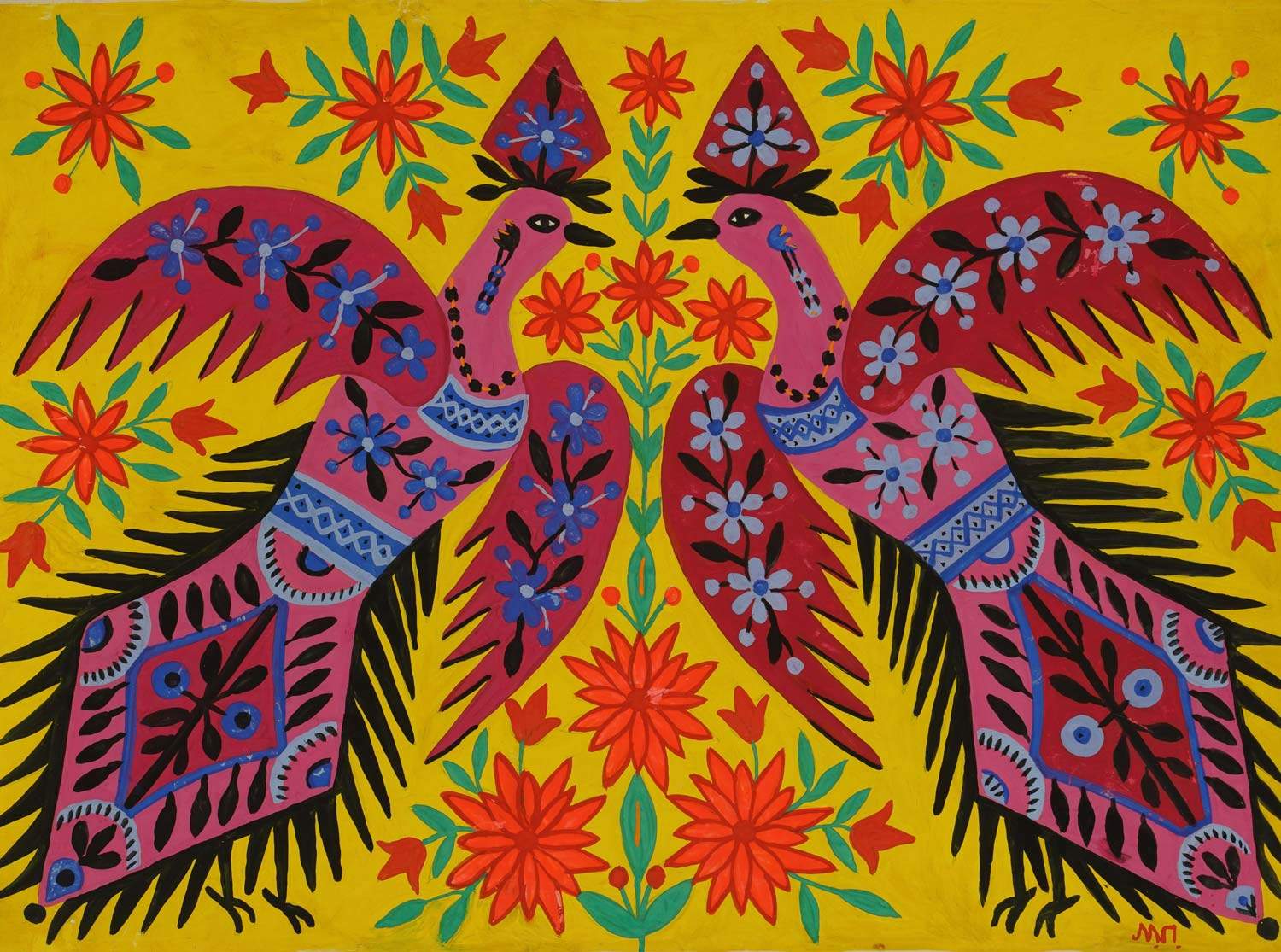
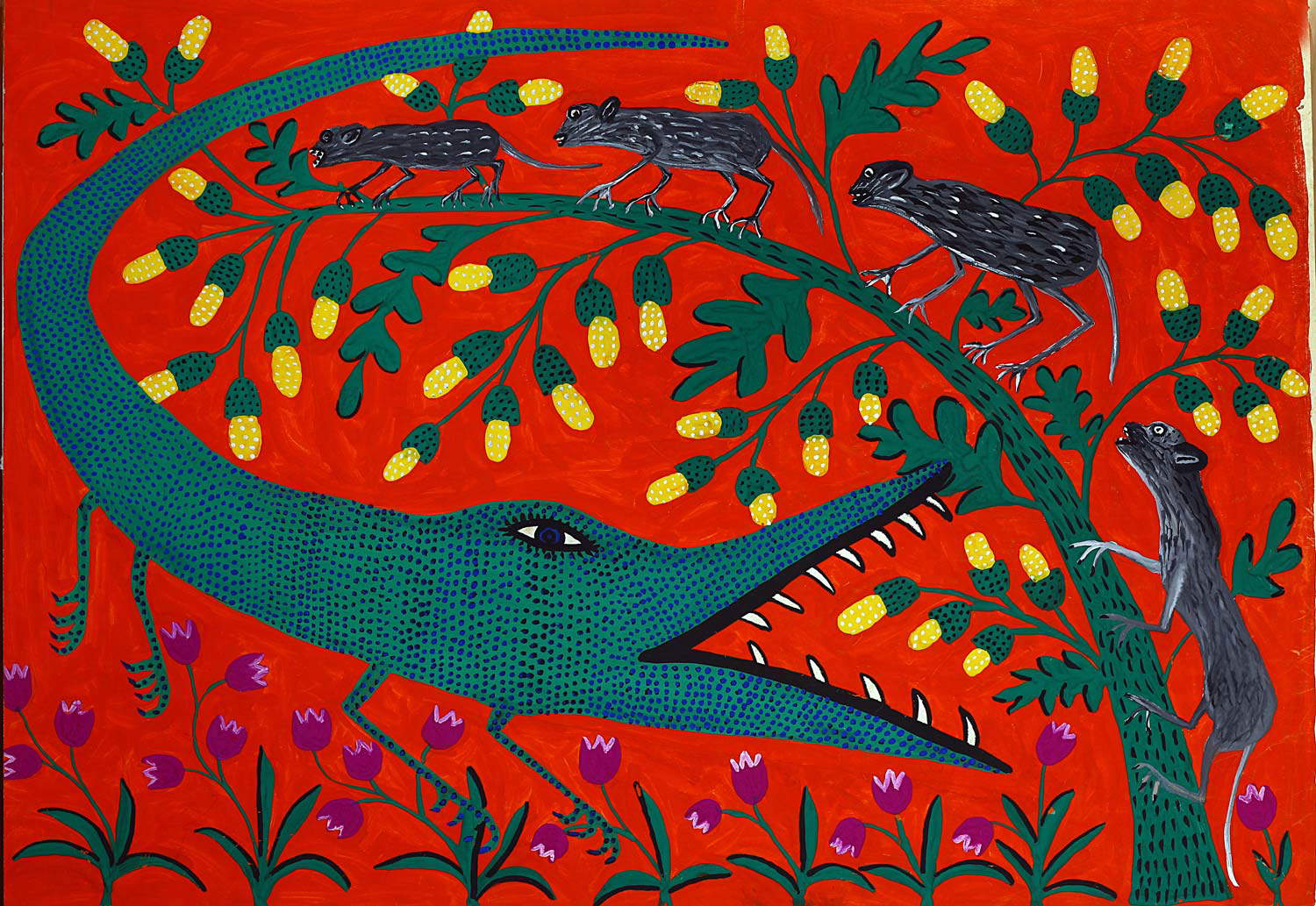
 |
| The sunflowers of Maria Prymachenko: for the first time in Italy the works of the Ukrainian artist |
Warning: the translation into English of the original Italian article was created using automatic tools. We undertake to review all articles, but we do not guarantee the total absence of inaccuracies in the translation due to the program. You can find the original by clicking on the ITA button. If you find any mistake,please contact us.




























